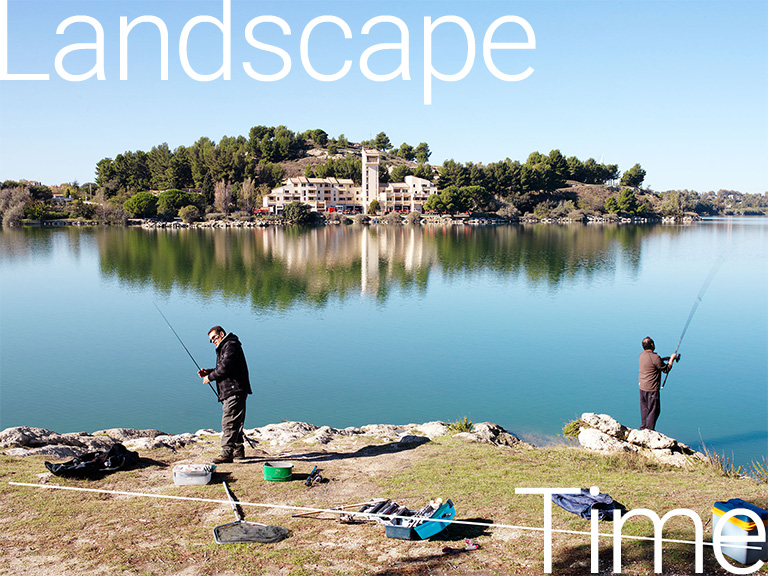
In the 1990s, the landscape becomes a focal point for government policy on town and country planning. With the 1993 Landscape Law and then the European Landscape Convention in 2000, the landscape is considered a heritage to be protected. As concern about the environment grows, accompanied by a certain loss of orientation, the approach to the territory becomes protective. At times, photography even seems to stray from its initial documentary vocation to concentrate on aesthetic issues. Landscapes, considered as actual monuments, thus enter the pantheon of remarkable sites, thanks in part to photography. Mission du Conservatoire du Littoral (The Mission for the Preservation of the Coast), for example, celebrates the beauty of the spaces protected by this institution since 1975. Along with major construction projects, like those of "the Mitterrand years," which modify the Paris skyline, or the Channel Tunnel, the "construction project of the century," documented by the Mission photographique transmanche (Cross Channel Photographic Mission) for some twenty years, the great landscapes evolve. Over a year or over a decade, photography bears witness to changes in the territory, at the scale of the neighborhood as at the regional level—changes followed, for example, via a project like "Trwa Kartié" on Reunion Island or the Mission Euroméditerranée (Euro-Mediterranean Mission) in Marseille.
Likewise, such is the purpose of the Observatoire photographique national du paysage (National Photographic Observatory of the Landscape), which records for each point on a pre-defined itinerary, the different phases of the evolution of a site. The series presupposes systematic return to different sites, always at the same place, with the same framing, throughout the seasons and over the years. The poetic, spell-binding dimension that emerges from certain series helps to transform what might have been merely a documentary archive into a work of art.
Having long been a source of fascination for its capacity to capture the moment, photography now takes on a language for describing over time. An aesthetic of the ordinary imposes itself, articulating a prosaic practice of photography with attention focused on landscapes usually left out of range. This reversal in point of view, already evident in the images of Mission photographique de la DATAR (the DATAR Photographic Mission), is as unexpected as it is remarkable. The undeniably aesthetic quality of most of the works reveals that these two approaches, from the sublime to the commonplace, are considerably less oppositional than one would have first imagined.
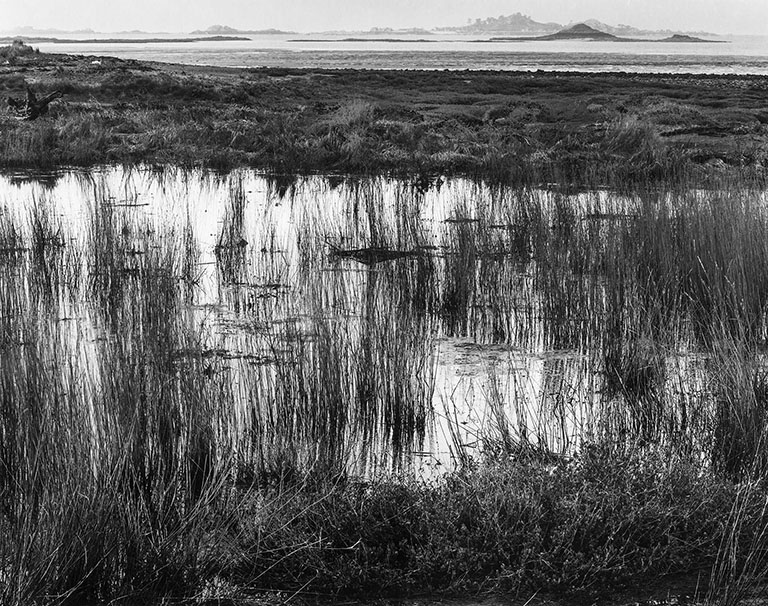
Jean-Christophe Ballot
Série « L’Abbaye de Beauport », Côtes-d'Armor, 1993
The Mission for the Preservation of the Coast carried out its first campaigns in partnership with the DATAR Photographic Mission. Since then, the institution has accompanied its activities with photography commissions. Each campaign thus results in the meeting of a specific site with a unique style. With photographers such as Jean-Christophe Ballot, John Batho, Michael Kenna, or Sabine Delcour, among others, the approach alternates between black and white and color, a pared down, or richly detailed, composition style—in a timeless exploration between sea and sky.
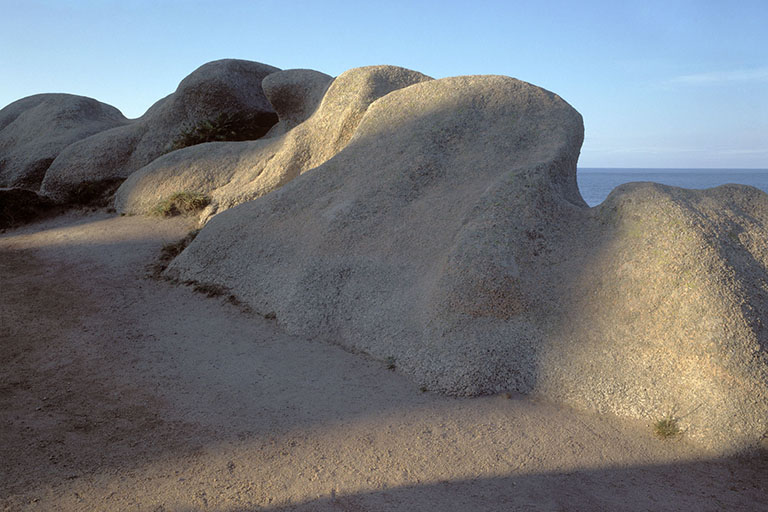
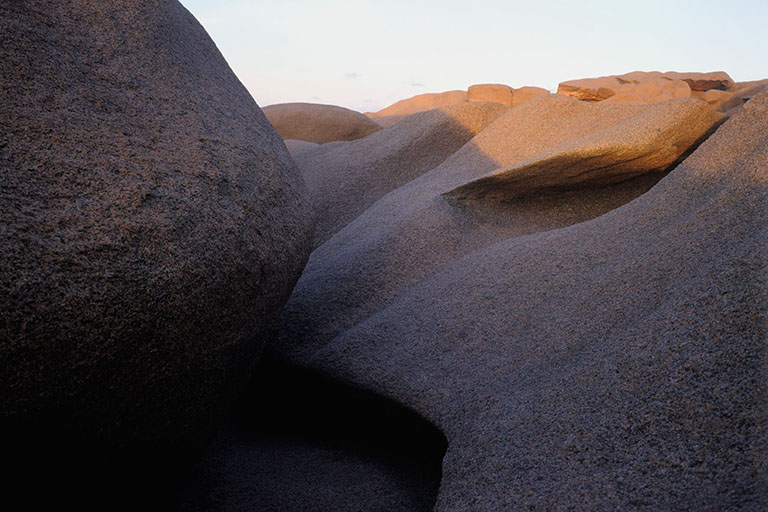
John Batho
Série « Les Rochers de Ploumanac’h », Côtes-d'Armor, 1991
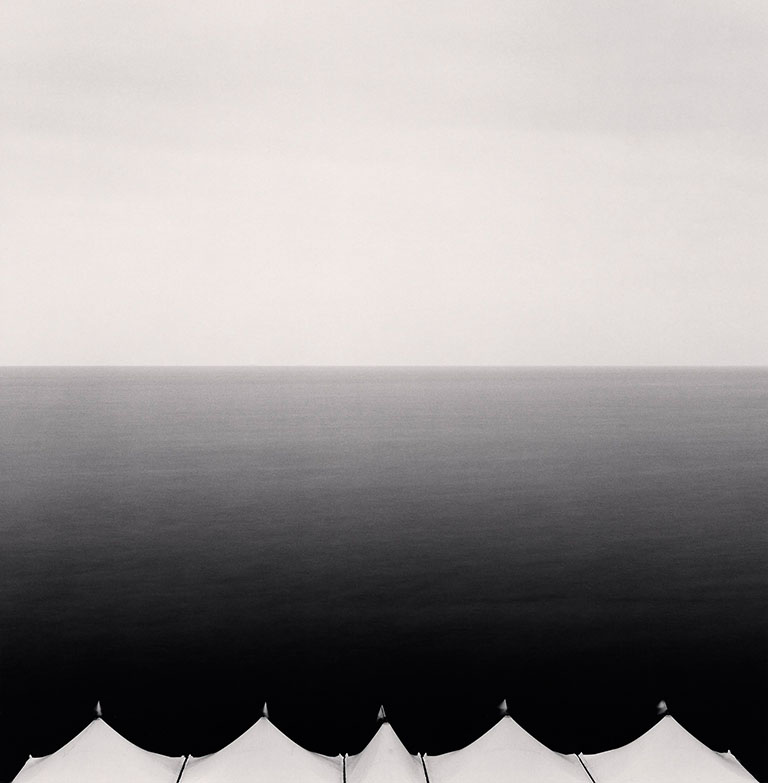
Michael Kenna
Five Canopies, Chausey Islands, France, 2007
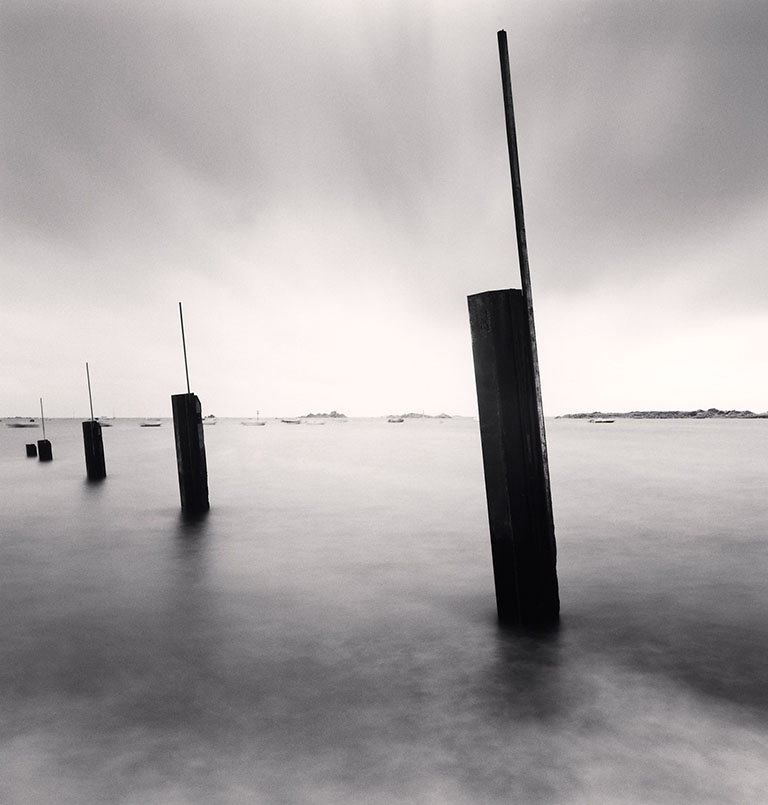
Michael Kenna
Flooded Pier, Chausey Islands, France, 2007
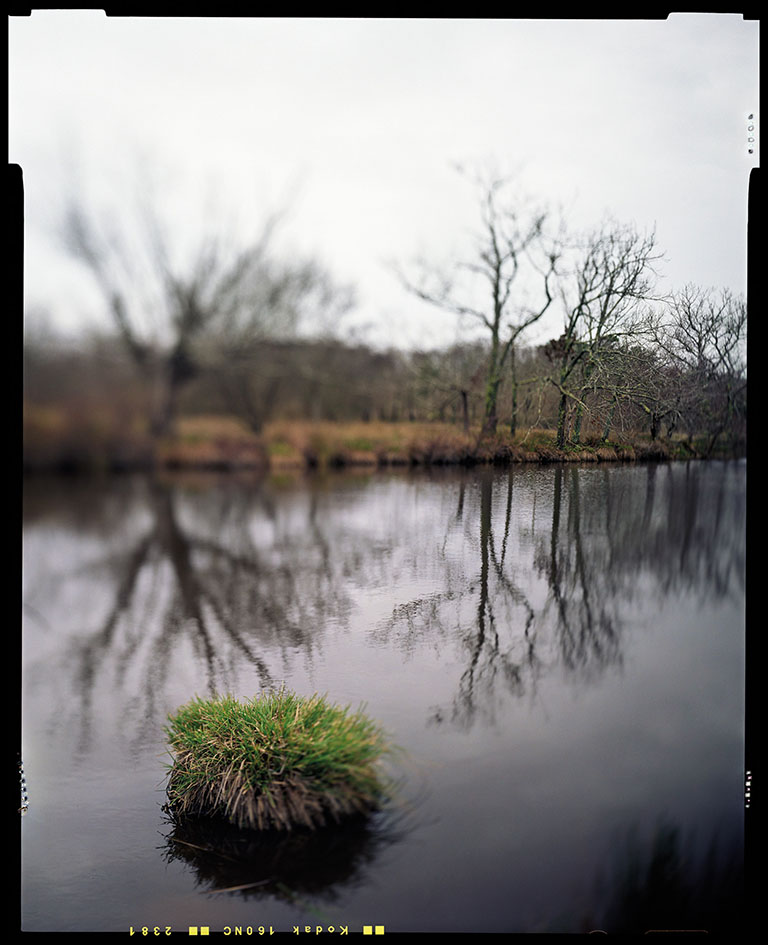
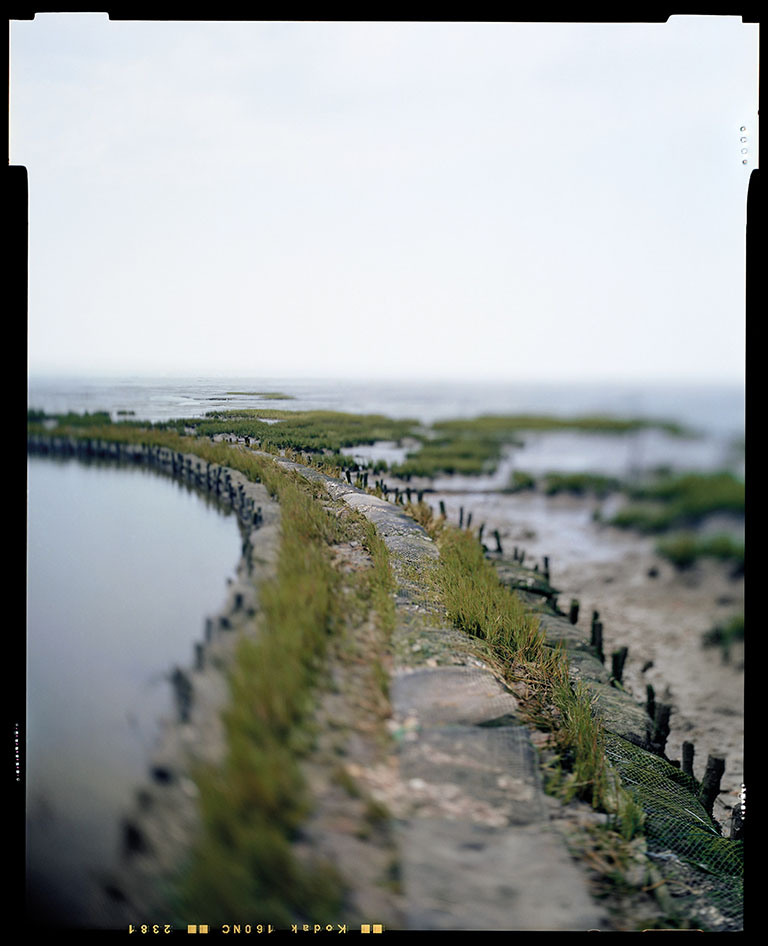
Sabine Delcour
Série Delta de la Leyre, 2006-2007

Martin Becka
Le Quartier de la Défense, 1998
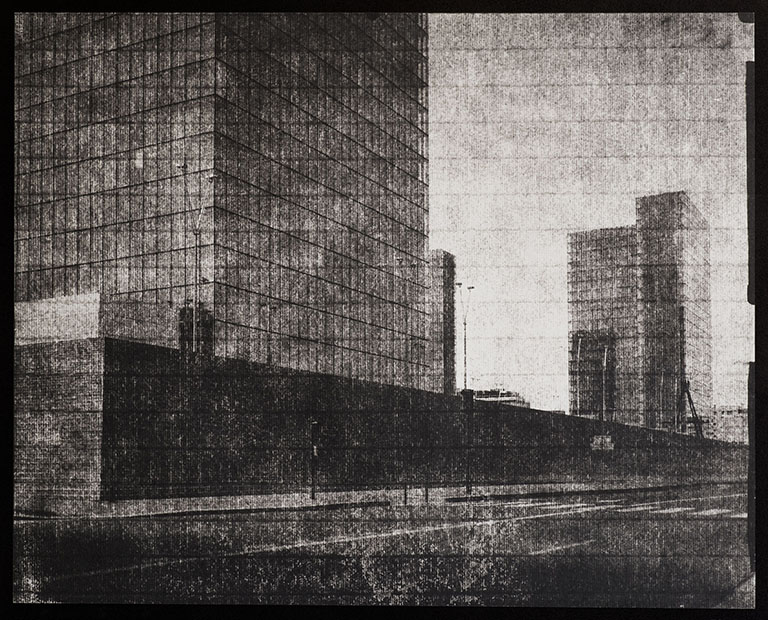
Martin Becka
La Bibliothèque nationale de France (BnF), 1997
Martin Becka celebrates the major construction sites of the Mitterrand years, which transform the capital's skyline at the two ends of the historic axis, from the expansion of the La Défense business district to the construction of the new BnF. The use of black and white, but also of older techniques like the calotype, remind us of the photographs documenting the great works of the Haussmann period.
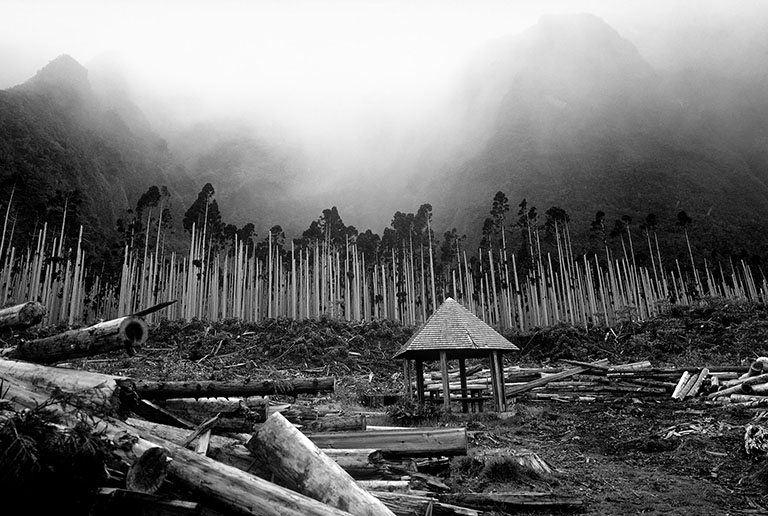
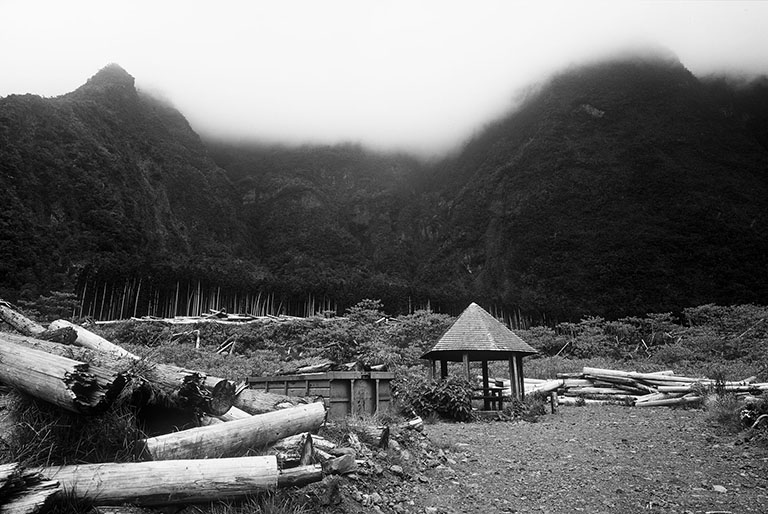
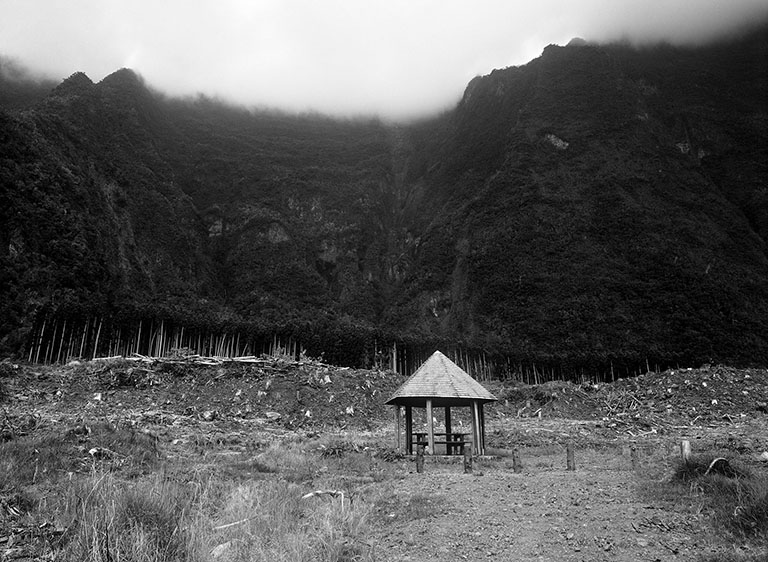
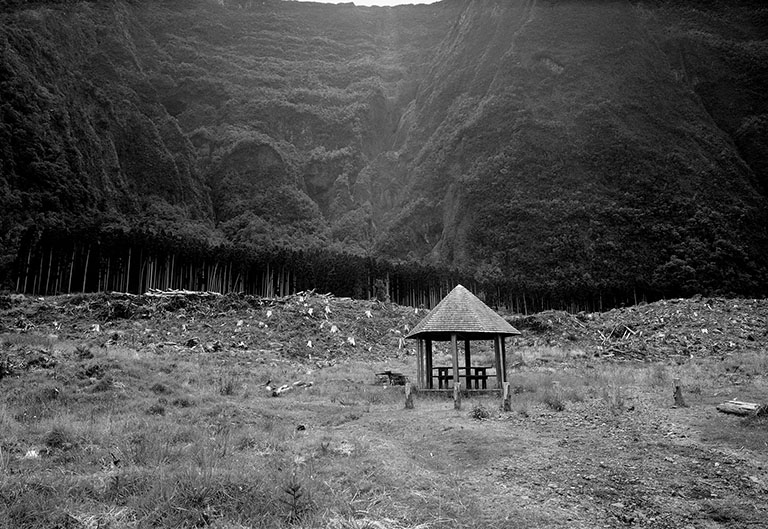
François-Louis Athénas
« Itinéraire nº 19 – île de la Réunion, Cilaos Bras-Sec », 2003-2009
Today, there are some twenty observatories in France, some of them in existence for more than 25 years. The photograph plays a double role here: both as documentary tool with an analytical purpose and as an autonomous work. Indeed, the methodology relating to the itinerary and to the protocol of rigorously and systematically retaking shots, produces an inventory with occasionally irrefutable aesthetic qualities. For the photographer, this protocol becomes an arena of artistic challenge.

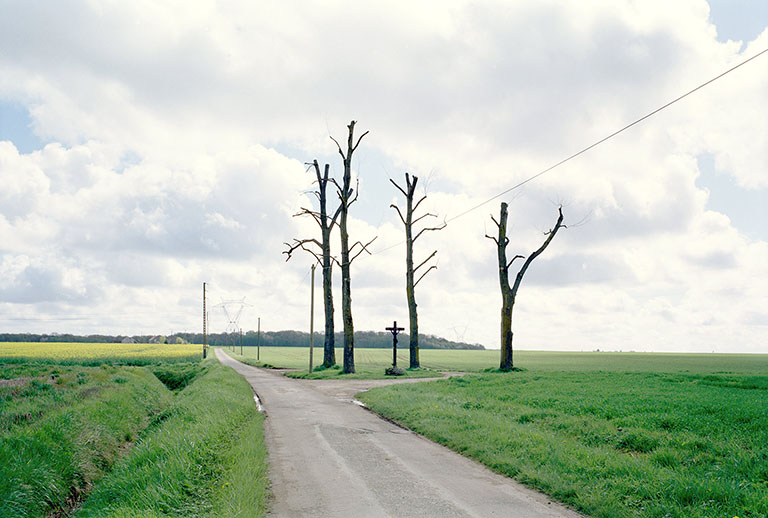
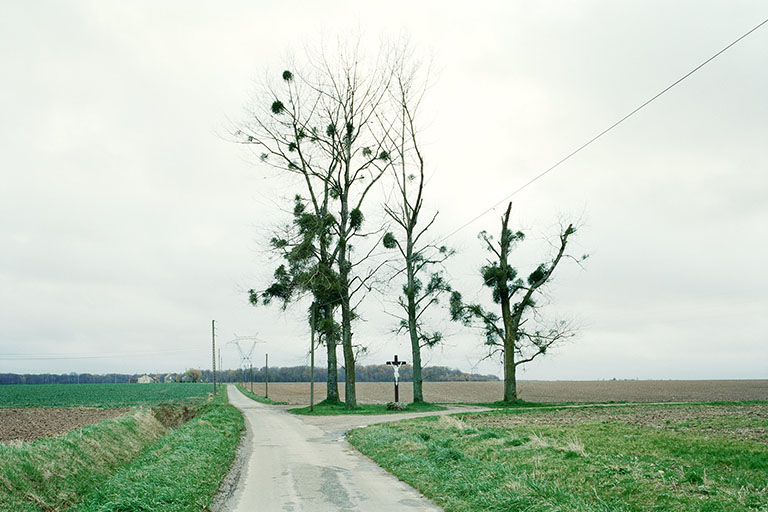
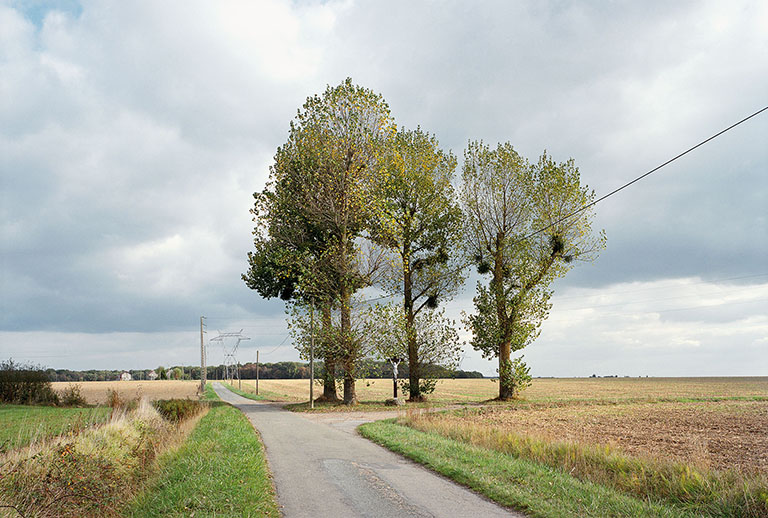
Gérard Dalla Santa
Le Mesnil-Saint-Denis (Yvelines)
With some photographers working with the National Photographic Observatory of the Landscape, chronological scansion allows for experiencing the landscape as it changes. Here again, spatio-temporal linearity regularly gives way to the cyclic time of the seasons or to the brutal disruptions brought about by town or country development, as we see in the work of Gérard Dalla Santa or of Anne Favret and Patrick Manez.
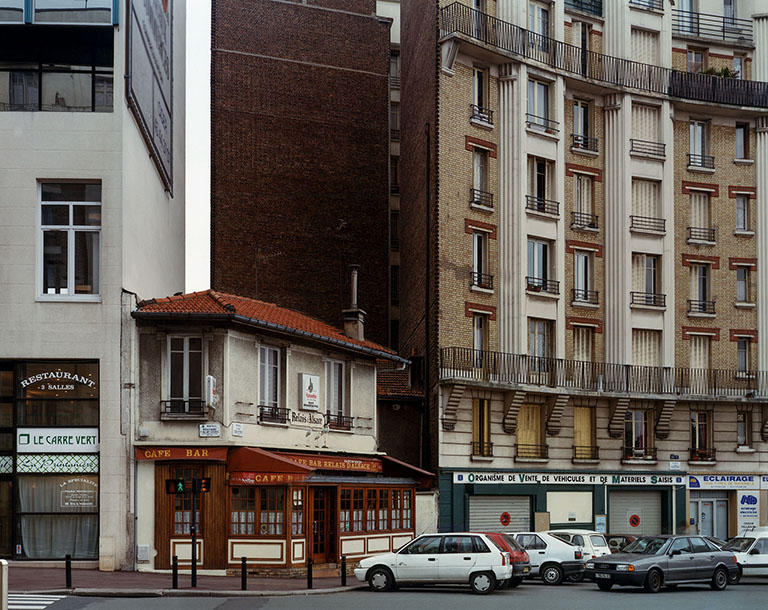
Anne Favret et Patrick Manez
Place Mitterrand, ancien rond-point de Strasbourg
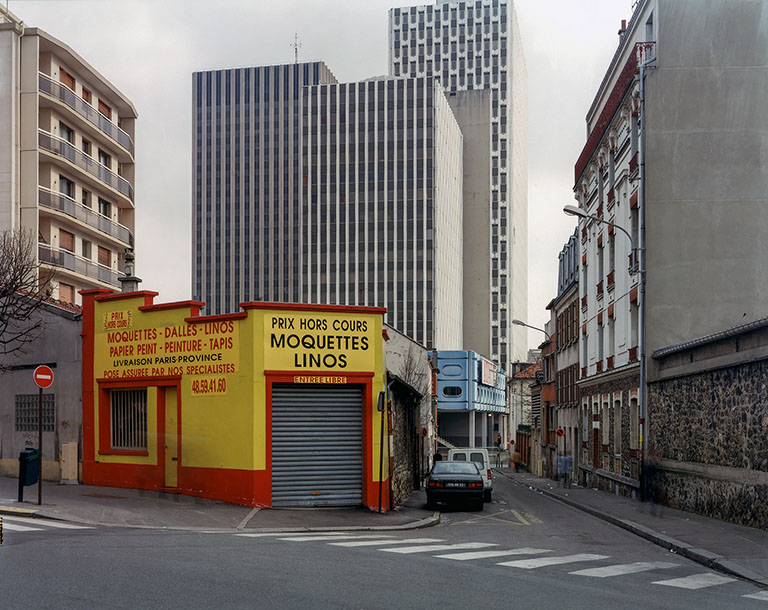
Anne Favret et Patrick Manez
Boulevard Rouget-de-Lisle / rue du Midi
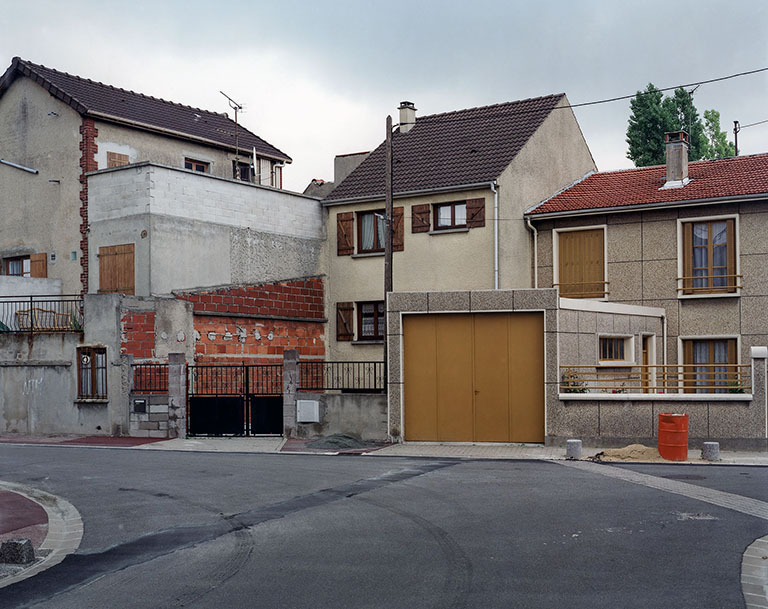
Anne Favret et Patrick Manez
Rue du Midi
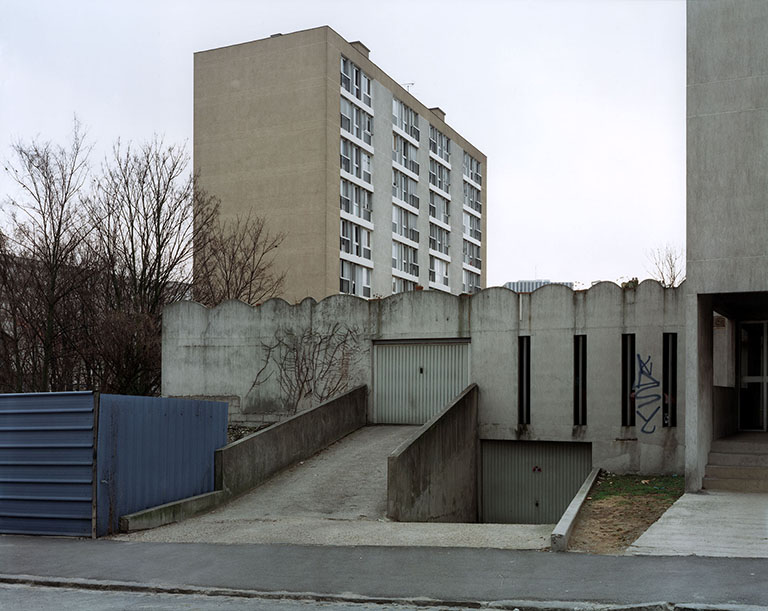
Anne Favret et Patrick Manez
Rue Victor-Beausse, 1997
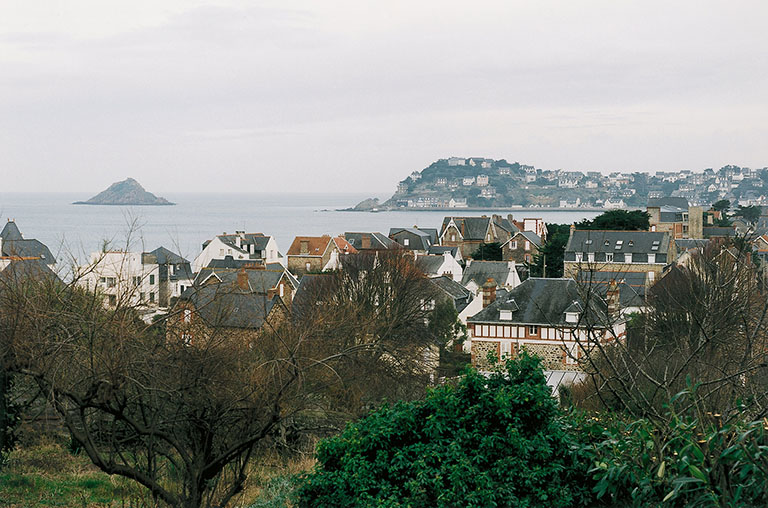
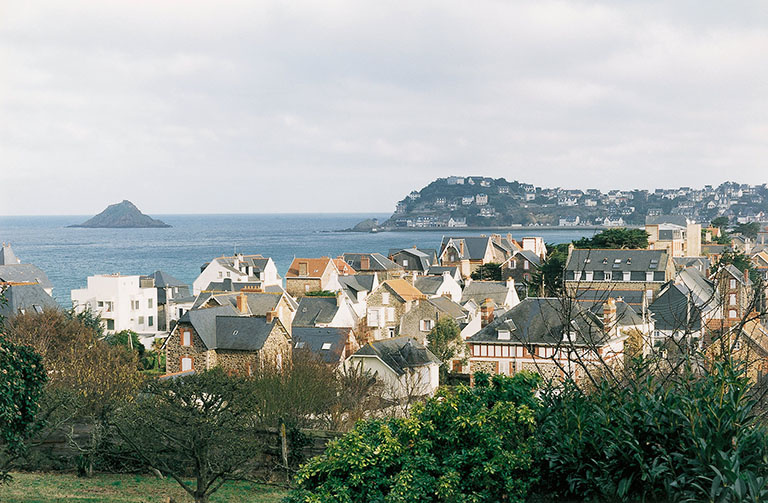
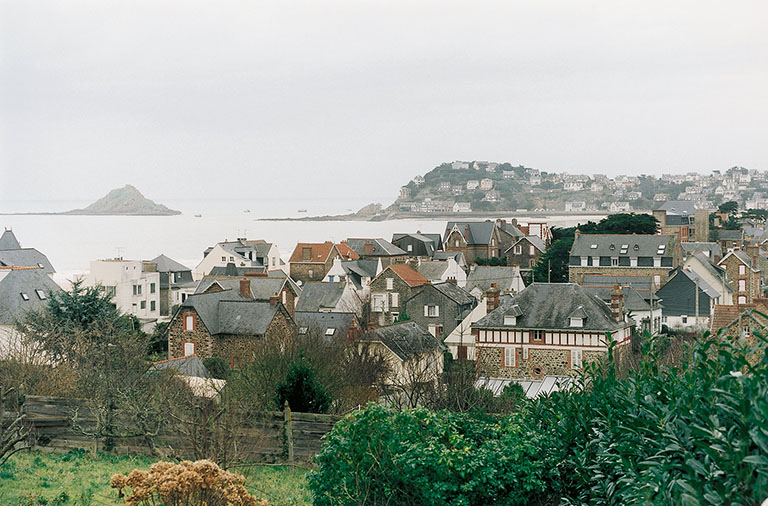
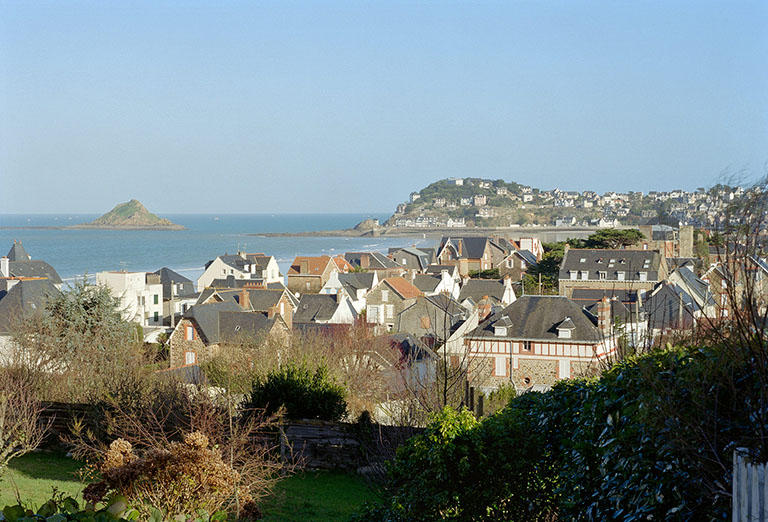

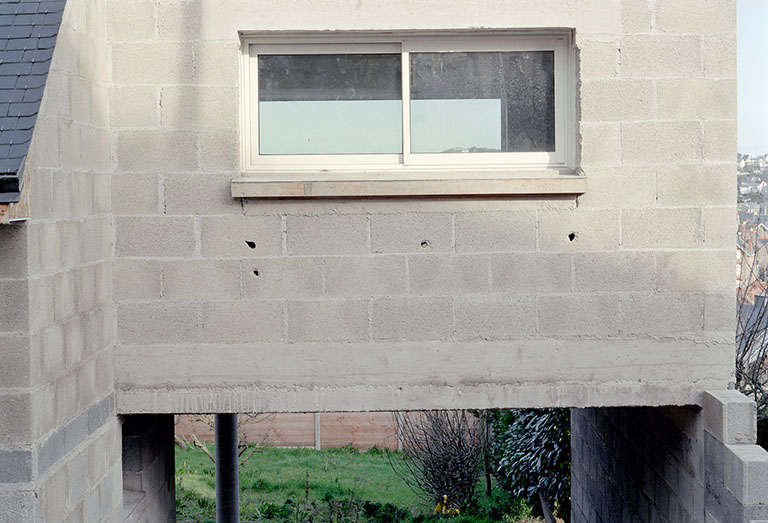
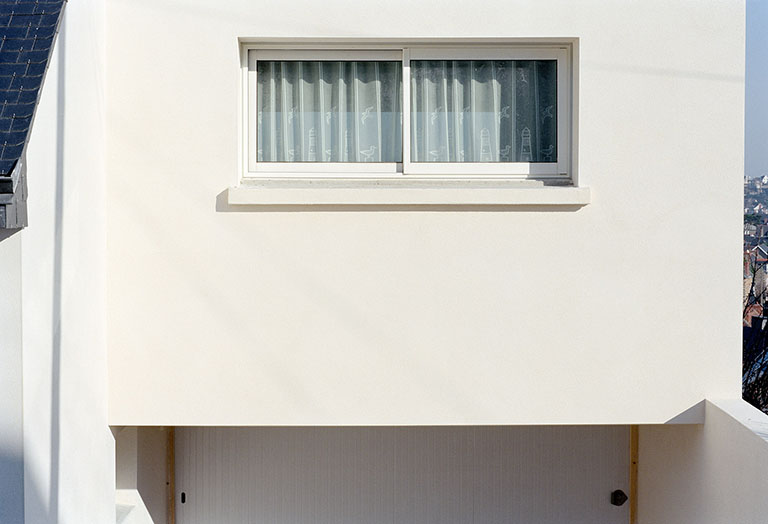

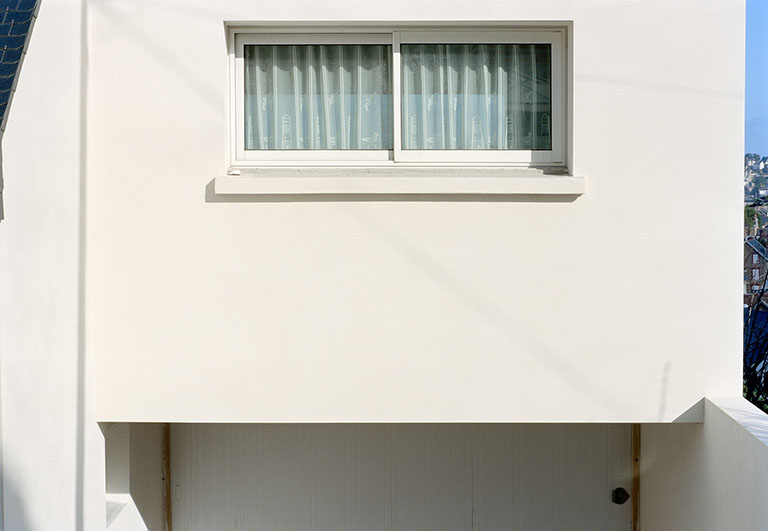
Thibaut Cuisset
« Itinéraire nº 5 – Conseil Architecture Urbanisme Environnement des Côtes-d’Armor », reconduction des prises de vue par Max Grammare et Sophie Riguel, 1996-2003
The results are spectacular in the observations of Thibaut Cuisset in Brittany's Côtes-d'Armor. The protocol of renewing the same shot, continued by photographers Max Grammare and Sophie Riguel in spite of the closure of the veduta ("the view") due to the construction of a house, causes everything to change. Replacing the documentary dimension is a meditation in images on the very idea of the landscape. In the center of the composition, the presence of a window with curtains whose movements are barely perceptible from one year to another, results in a reversal of point of view: the panorama is transformed into vis-à-vis and the spectator's attention refocuses on who is doing the looking.

Bertrand Stofleth et Geoffroy Mathieu
Étang de l’Olivier, Istres, 11h 35, 2 novembre 2012
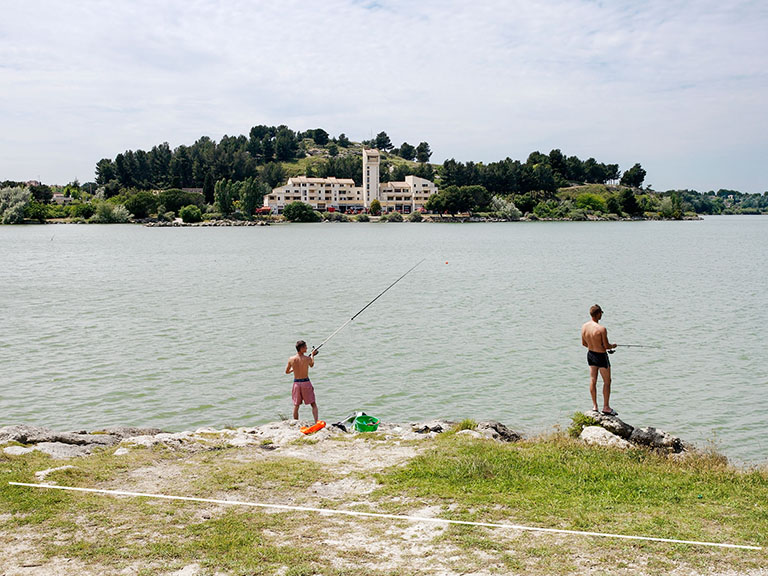
Bertrand Stofleth et Geoffroy Mathieu
Étang de l’Olivier, Istres, 15h 20, 27 mai 2013
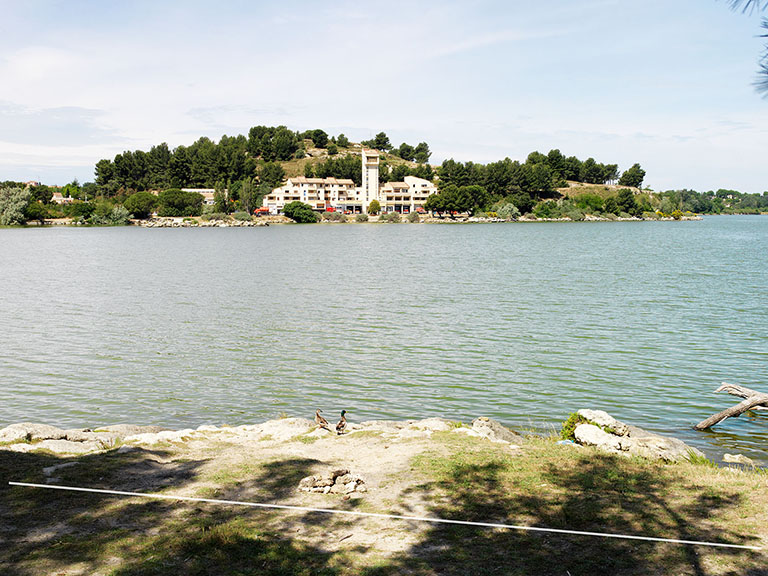
Bertrand Stofleth et Geoffroy Mathieu
Étang de l’Olivier, Istres, 11h 35, 24 mai 2014
Certain photographers appropriate the observatory mission methodology and follow it beyond the framework proposed by the commissioning institutions. The "Paysages usagés" ("Used Landscapes") project, led by Bertrand Stofleth and Geoffroy Mathieu, is representative of this emancipation. This particular observatory follows the track of a long-distance hiking trail over 365 kilometers (230 miles) around Marseilles, presenting the face of a metropolis between urbanity and rurality. Designed as an active interrogation of the observatory protocol, the project includes in particular a participatory process. Of the one hundred itinerary points of view, seventy are "adopted" by participants who ensure the same shots are retaken regularly over the next ten years.
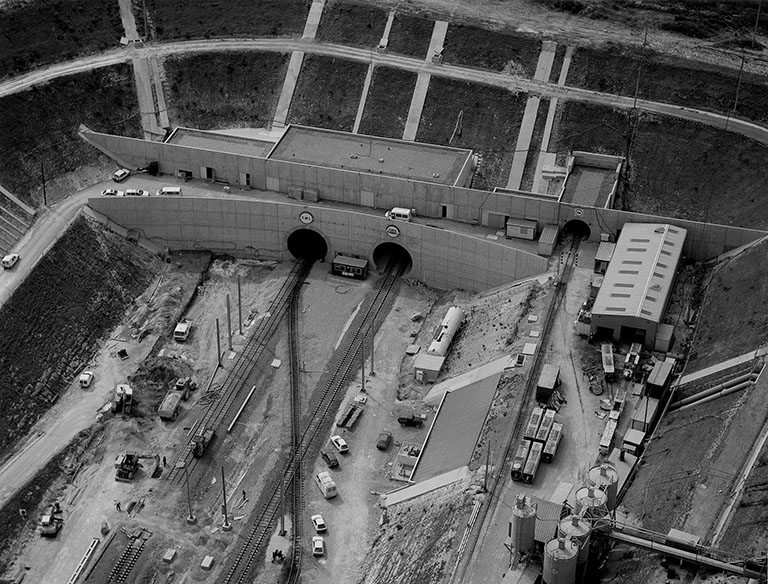
Marilyn Bridges
Entrée du tunnel sous la Manche, Coquelles, 1992
Directed by Pierre Devin, the Cross Channel Photographic Mission accompanied the transformations resulting from the "construction project of the century," the Channel Tunnel, launched jointly by French and British authorities in January 1986. Over a period of 20 years, twenty-eight photographers examined the repercussions of the project on the territory of the Nord-Pas-de-Calais region. Among them, the work of Marilyn Bridges and Philippe Lesage explores the construction site while the highly colorful large formats of Ralph Hinterkeuser celebrate the urban renewal of the region's capital.
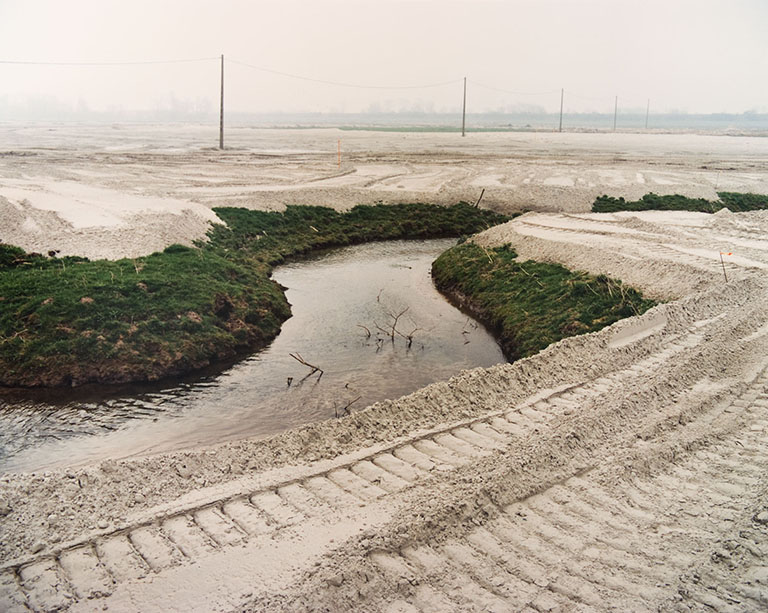
Philippe Lesage
Série « Chantier du Lien Fixe Transmanche, terminal, février-mars 1988 »
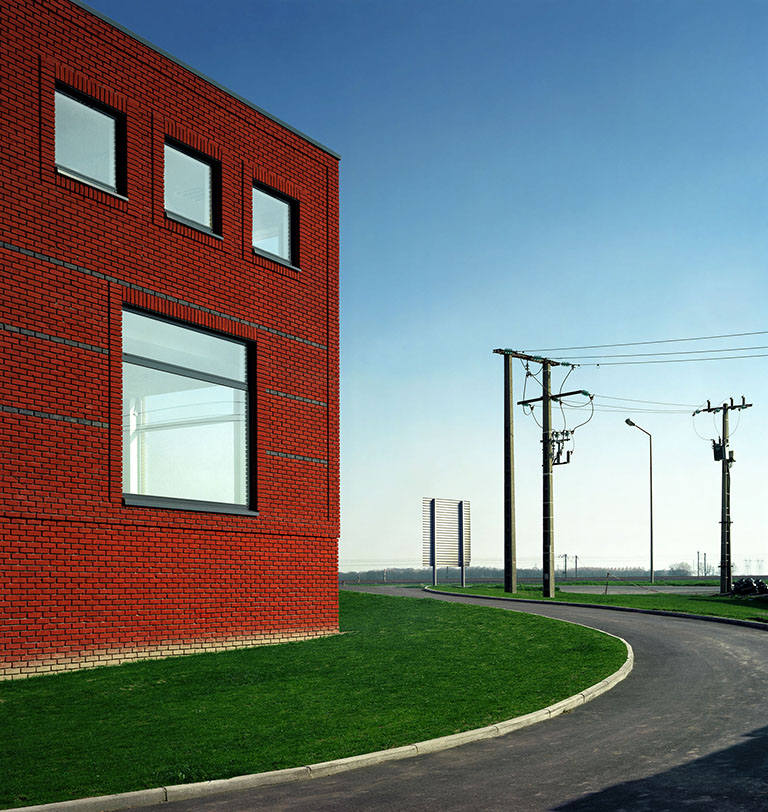
Ralph Hinterkeuser
Nous sommes là, Seclin, 2001
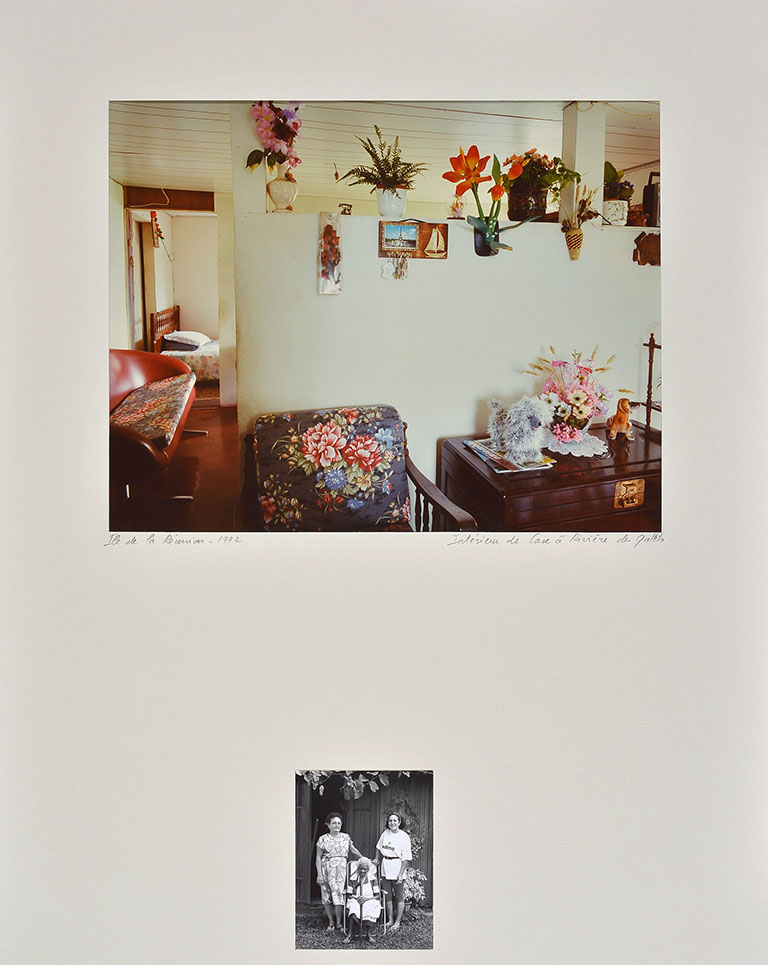
Jean Bernard
Chez Madame Grondin, 1992
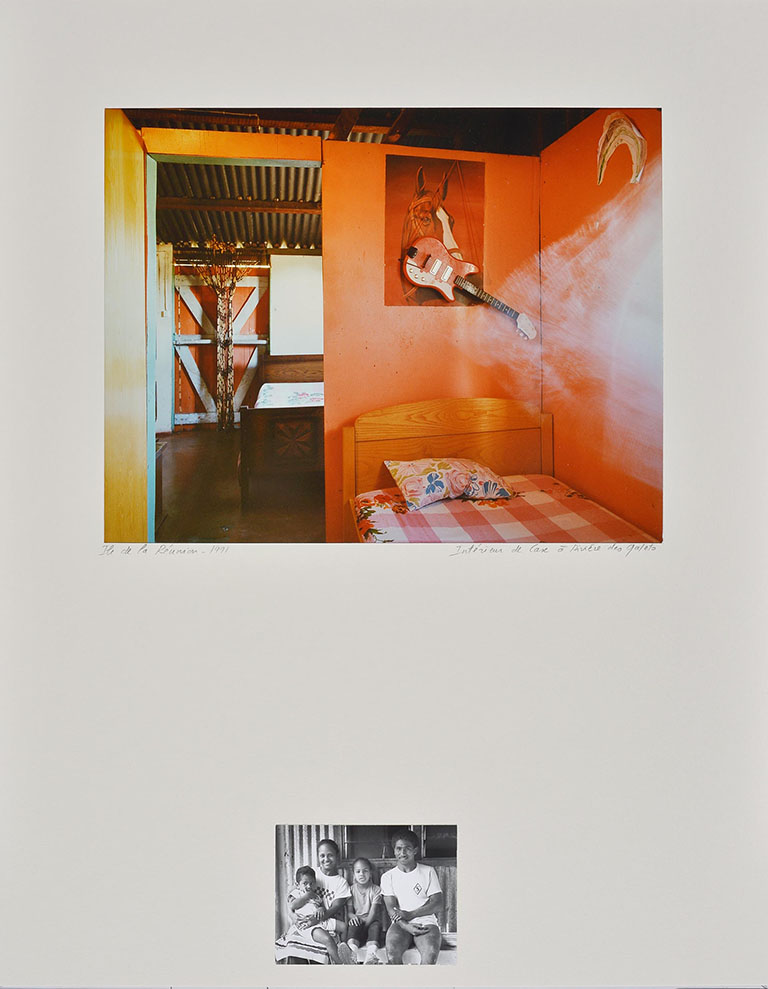
Jean Bernard
Chambres chez la famille Alphonsine, 1992
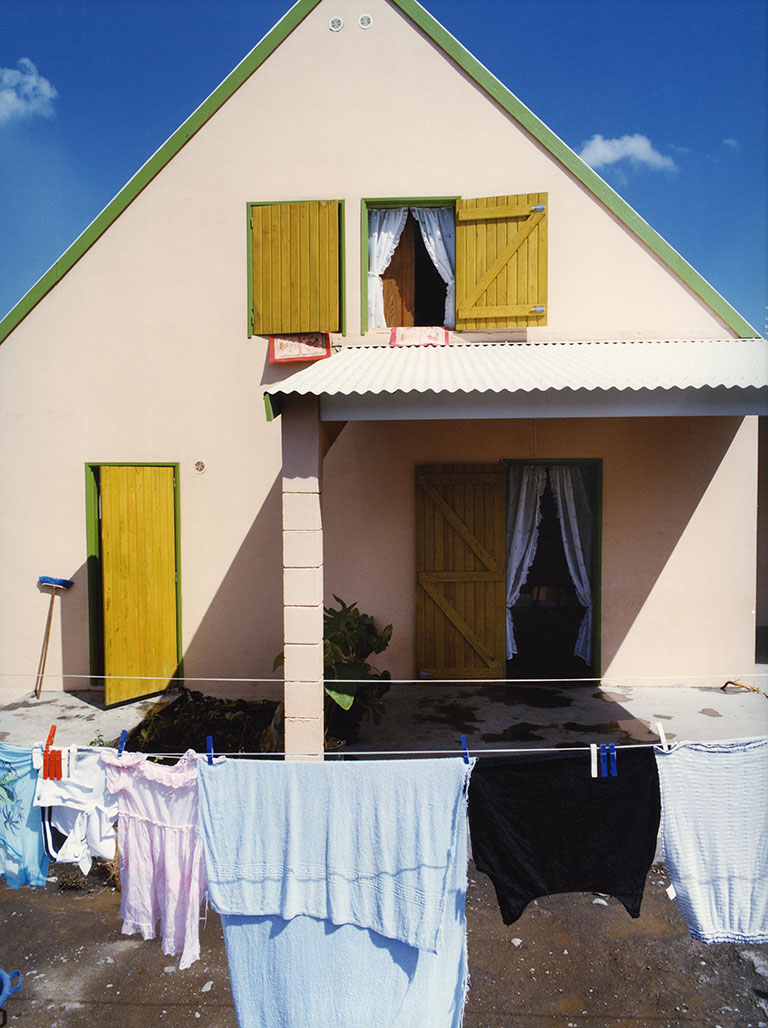
Jean Bernard
Chez Marcella Bonin après son arrivée dans un LES, 1991
The three photographers of "Trwa Kartié" work on a neighborhood scale. Between 1989 and 1994, they follow the urban renewal project of the Piton Saint-Leu, Rivière des Galets, and Trois-Bassins sites on Reunion Island. The images of Jean Bernard evoke a way of life—the subtle relationship between people and their dwellings, between the landscape of one's room and that of one's window.
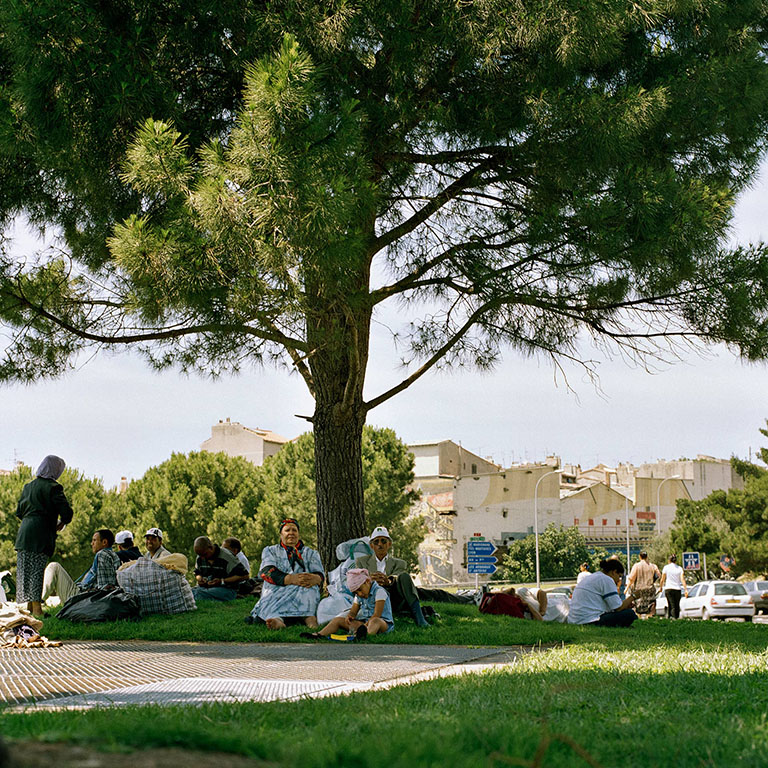
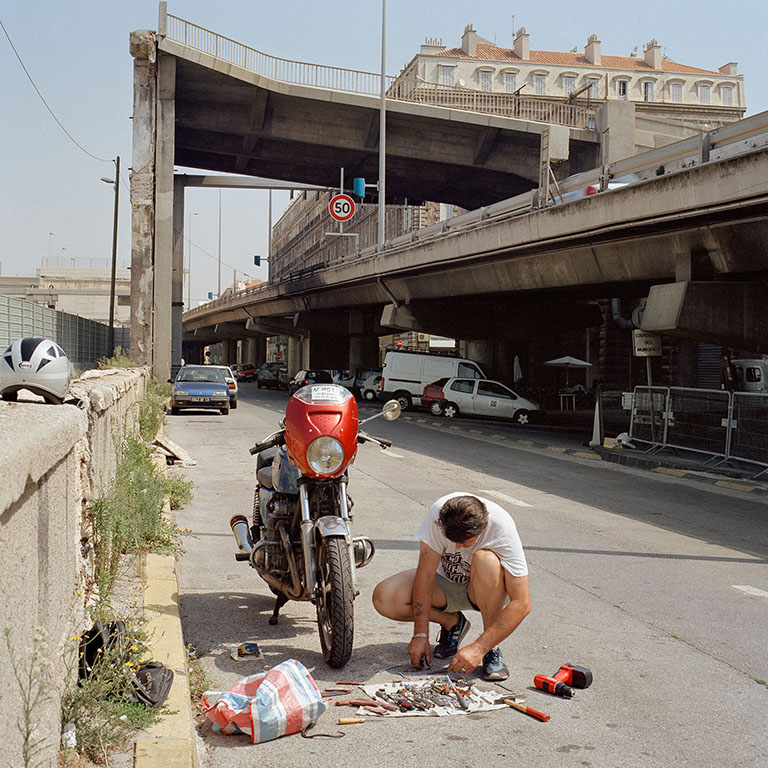
Brigitte Bauer
Série « Marseille », 2002-2003
The purpose of the Euro-Mediterranean Photographic Mission, carried out between 2002 and 2009, was to follow urban renewal in the city of Marseilles. The notion of dwelling, extended to public space, expresses itself here in movement: in temporary or permanent installations, urban trajectories, and the uses of place. A lawn, a parapet, the shadow of a viaduct—all interstices of the city participate. Brigitte Bauer challenges the idea that the city's outskirts have been abandoned—they are clearly alive and palpitating—while the rather dehumanized shots by Emmanuel Pinard display the breakthrough of the major roadways.

Emmanuel Pinard
Chemin du Cap-Janet, Marseille, 2002